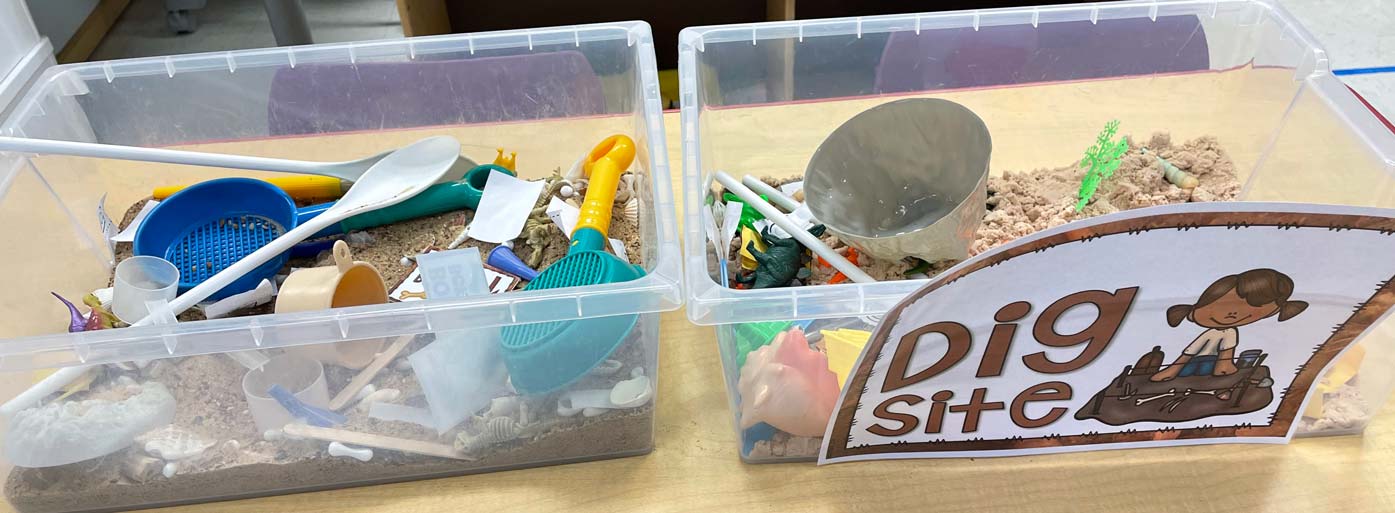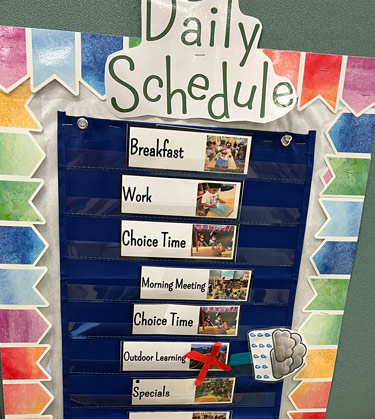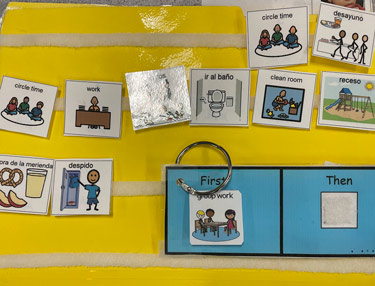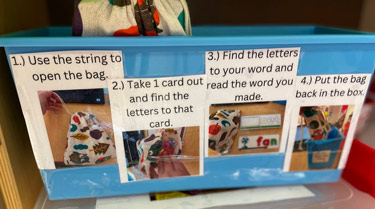Supporting Children Receiving Special Education Services in the Early Childhood Setting in Prekindergarten
Children with disabilities require a caring, supportive, and inclusive classroom environment. The US Department of Health and Human Services and the US Department of Education created an Inclusion Policy Statement which states:
“Inclusion in early childhood programs refers to including children with disabilities in early childhood programs, together with their peers without disabilities; holding high expectations and intentionally promoting participation in all learning and social activities, facilitated by individualized accommodations; and using evidence-based services and supports to foster their development (cognitive, language, communication, physical, behavioral, social-emotional), friendships with peers, and sense of belonging.”
This supportive statement sets the foundation for providing inclusive environments for all children with disabilities despite any possible challenges or barriers that may exist in the general education kindergarten classroom. The Texas Education Agency's Special Education Division has created the Inclusion in Texas Network, which includes a section dedicated to Early Childhood Special Education (ECSE).
When high-quality kindergarten teachers have taken the time to educate themselves regarding the child’s disability, needs, strengths, goals, auxiliary services, and family perspective, teachers can feel prepared and confident in addressing the child’s needs within the classroom setting. It is vital that educators include open and ongoing communication with the child’s family and special education professionals involved in the child’s life. As the child’s primary caregiver, the family has valuable knowledge about the child and can communicate their beliefs, goals, and desires related to the child’s school experience. Special education and allied health professionals are also valuable members of the collaborative team and have a wealth of practical information and expertise that can support the classroom teacher.
Active Participation for All Students
The effective teacher’s role is to intentionally plan learning environments and experiences that ensure active participation for all students.
Children with special needs must be engaged and encouraged to participate equitably with their peers, teachers, and classroom materials throughout the school day. It is important for teachers to observe each child’s learning style, note the factors that seem to be barriers to active participation, and work with the child’s family and other team members to devise instructional strategies and supports that are necessary to address those challenges. Educators must scaffold the learning and ensure there is differentiated instruction for all learners while providing appropriate accommodations and modifications for students with disabilities.
The starting place for determining appropriate classroom accommodations is the child's individualized education plan (IEP). The classroom teacher should have access to the required IEP accommodations as well as a special education contact who can offer additional support. Some examples of classroom accommodations may include the following:
- Alteration of materials (e.g., adding a handle or textured material to an object to make grasping easier).
- Changes in the environment (e.g., creating more space in the dramatic play center for a child with a walker to move around).
- Explicit instruction and demonstration of how to use materials.
- Use of the child’s assistive technology devices (e.g., a speech-generating computer).
Building Supportive Relationships with Classmates
The effective teacher helps typically developing peers build supportive relationships with their classmates receiving special education services.
Prekindergarten-age children are full of curiosity and interest in their peers. In a safe, supportive setting, children will feel free to ask questions and express interests, concerns, and help with approaching their classmates with disabilities. They may accept the child’s presence, but not initiate invitations to play together without a teacher’s assistance and support. With appropriate information and guidance, teachers can help typically developing children to understand, accept, welcome, and include each child in the classroom community.
Facilitating Communication and Interaction
The effective teacher facilitates opportunities for communication and social interaction among all members of the classroom.
Every child should have a way to communicate. If a child is non-verbal, collaborate with the family and team members (e.g., speech and language pathologist) to understand how the child gets his or her needs met, asks questions, and makes comments. If the child uses pictures, photos, or other communication devices, the child must have access to those devices. Teachers may need to facilitate interactions with children who have communication difficulties and recognize that children with communication barriers may experience frustration when they cannot express what they need or want. Teachers can leverage the natural curiosity and interest of children and proactively train classmates to effectively communicate with their peers before frustration sets in. When teachers understand maladaptive behaviors are the result of frustration and limited communication skills, they can focus on teaching the child acceptable ways to communicate and can help other children in the classroom to communicate more effectively with the child.
For more information, please visit TEA’s special education webpage, the Special Education Information Center (SPEDTex), or the Texas SPED Support website.





